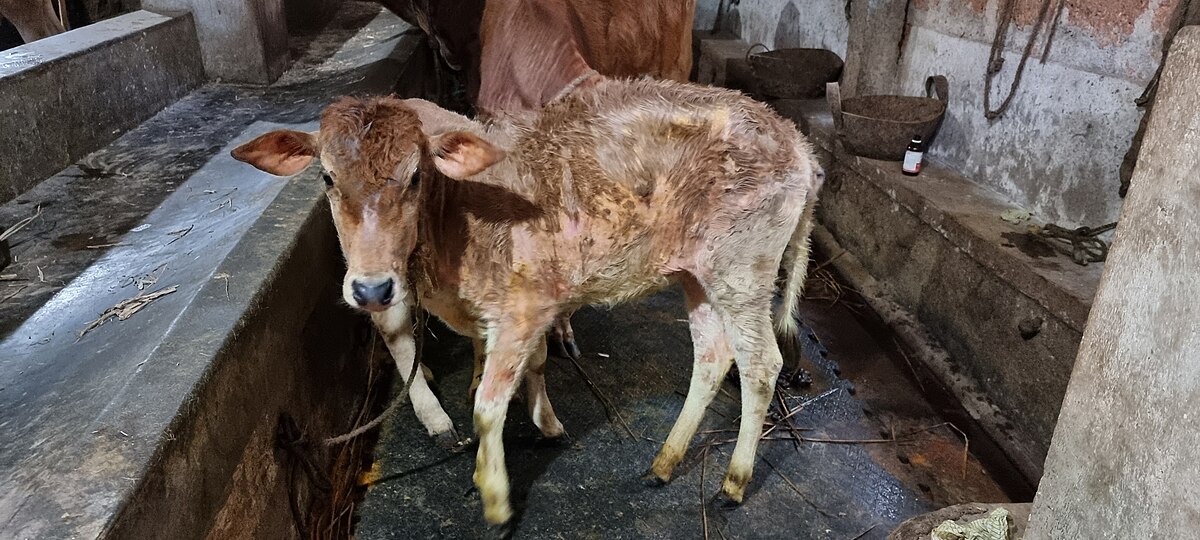Namibia Tightens Measures to Contain Lumpy Skin Disease Outbreak. Namibia has intensified its efforts to combat the spread of Lumpy Skin Disease (LSD) after a surge in cases across multiple regions. The Directorate of Veterinary Services (DVS) has introduced strict new measures to prevent further outbreaks and protect the country’s livestock industry.
Since the first reported case in June 2024 in Okakarara, Otjozondjupa Region, the disease has spread to several areas, including Omaheke, Kavango East and West, Zambezi, Ohangwena, Oshana, Oshikoto, and Kunene. To date, over 1,500 cases have been recorded, with nearly 450 cattle deaths.
In response, the government has mandated that all cattle intended for export be vaccinated at least 21 days before shipment but no more than 12 months prior. This requirement is set to take effect immediately. Additionally, from March 13, cattle movements will only be permitted from high-risk districts such as Okakarara, Grootfontein, Nkurenkuru, Ondangwa, Epukiro, Otjinene, Rundu, Eenhana, Katima Mulilo, and Omuthiya, provided they meet the vaccination requirements. However, cattle destined for direct slaughter will be exempt if they show no clinical symptoms of LSD.
The DVS has already made progress in vaccinating livestock, with 17,671 cattle immunized in the Otjombinde constituency and another 11,066 in Okakarara. Farmers are urged to vaccinate their herds, control insect populations that spread the virus, and report any suspected cases immediately.
Lumpy Skin Disease, a viral infection transmitted by mosquitoes, flies, and ticks, causes severe economic losses by reducing milk production, weakening animals, and, in some cases, leading to death. Authorities stress that strict compliance with the new regulations is essential to safeguard Namibia’s livestock industry and maintain international trade relations.







